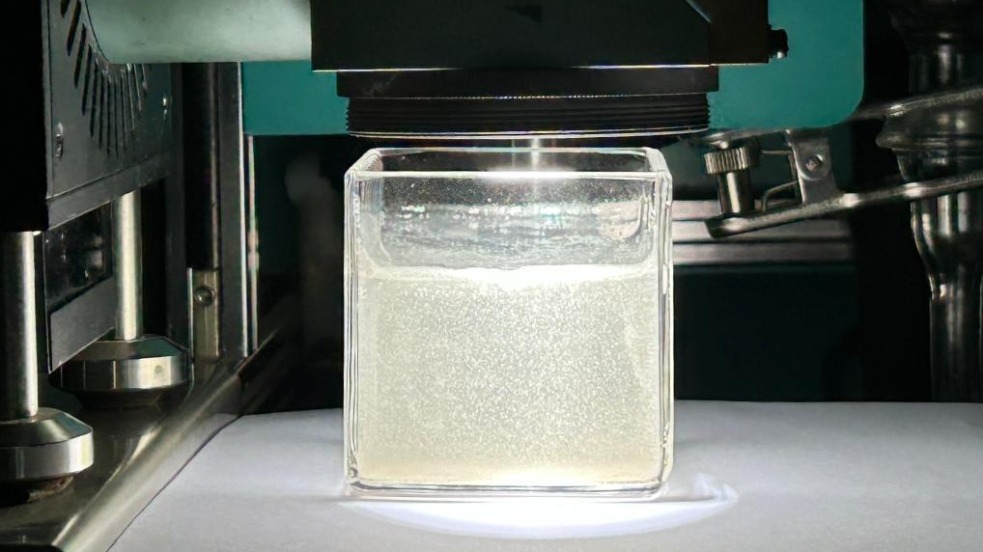Revolutionizing Hydrogen Production: Chinese Researchers' Breakthrough in Solar-Driven Water Splitting
Key Ideas
- Chinese researchers achieved a breakthrough in photocatalytic water splitting for hydrogen production by enhancing the efficiency of converting water into clean hydrogen energy using sunlight.
- The introduction of scandium into titanium dioxide material led to significantly improved performance, setting new records in hydrogen production efficiency under simulated sunlight.
- This technology has the potential to revolutionize energy systems and drive industrial applications, with China being a key player in titanium dioxide production and scandium reserves.
French sci-fi author Jules Verne's prediction about water becoming the fuel of the future has taken a step closer to reality with Chinese researchers' recent breakthrough in solar-driven water splitting for hydrogen production. By reshaping the structure of semiconductor materials and introducing scandium, the research team significantly enhanced the efficiency of converting water into clean hydrogen energy using sunlight. Traditional titanium dioxide's flaws were addressed by the stable valence of scandium, which neutralized charge imbalances and created specific facets that allowed electrons and holes to escape efficiently. The specialized titanium dioxide material developed by the team showed exceptional performance, exceeding 30% utilization of ultraviolet light and achieving hydrogen production efficiency 15 times higher than previous materials. This achievement, published in the Journal of the American Chemical Society, paves the way for further advancements in utilizing visible light in sunlight. With China's significant production of titanium dioxide and abundant scandium reserves, this technology holds promise for industrial applications and could potentially transform energy systems.
